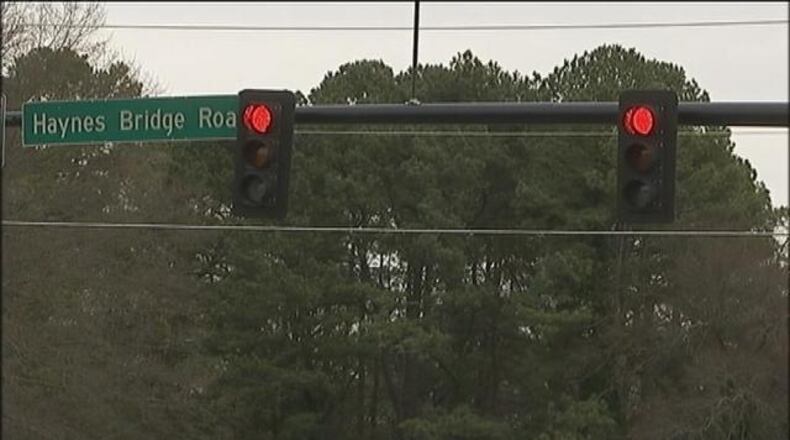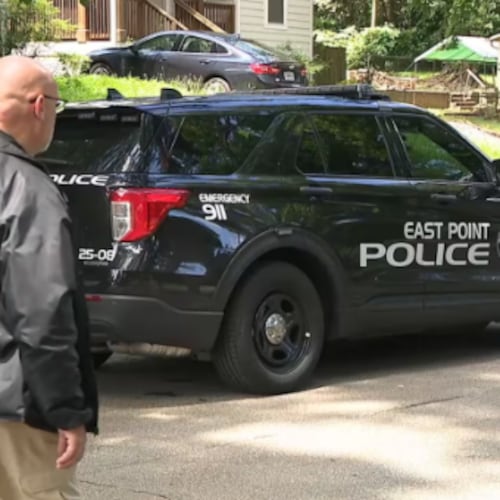When I was 12 years old, it took 45 minutes to cook my Hungry Man TV dinner in the stove. Now, thanks to the microwave, I can enjoy my turkey and stuffing dinner in under seven minutes.
When I was 12 years old and I wanted to learn more about Franklin Delano Roosevelt I had to go to the library and try to find a book on the former president. Now, thanks to the internet, I can get all the information about FDR in the world in less than a minute.
When I was 12 years old, and stuck at the YMCA without a ride, the only way I could get in touch with my parents was to call our home phone number. If I happened to have a dime for the pay phone. If they weren’t there, I was stranded. Now, if I’m stuck without a ride, I can text, Facebook or call anyone on my smartphone, or use an app to get a ride from Uber or Lyft.
When I was 12 years old and wanted to watch Star Wars, I had to get a ride to the local video store and hope that the two copies of the movie weren’t already rented out. Now, when I want to watch Star Wars, I hit three buttons on my remote control and I can watch it on demand.
When I was 12 years old and in the car with my mom stuck at a red light, we had to wait for the light to turn green even though there wasn’t any traffic coming the other direction. Now, when I’m stuck at a red light waiting for the light to turn green even though there isn’t any traffic coming in the other direction I still have to wait for the light to turn green.
My point is, even though technology has changed just about every aspect of our lives, there has been very little in the way of advances when it comes to traffic signals. Thankfully, that might all change soon.
There is a company called Rapid Flow Technologies developing a system called Surtac than could change traffic signals forever. The system uses artificial intelligence to help improve traffic flow. According to the company “Surtrac optimizes the performance of signals for the traffic that is actually on the road, improving traffic flow for both urban grids and corridors and leading to less waiting, reduced congestion, shorter trips, less pollution, and happier drivers.”
Here in Atlanta, most traffic signals are timed with data on traffic flow that could be days, months or even years old. The Surtac system uses real time that improves traffic flow immediately.
Think of how much time you spend stuck at red lights or mistimed lights. If Surtrac proves to be a success it could change our driving experience immensely. The system is currently being tested in Pittsburgh and the early results are encouraging. The Surtrac traffic lights have reduced travel times by 25 percent and idling time by over 40 percent.
In the 19 years I’ve reported on traffic in Atlanta, one of the biggest complaints I hear from drivers is mistimed traffic lights. It took a while, but it seems that technology might finally be catching up to help solve this problem.
About the Author
The Latest
Featured


